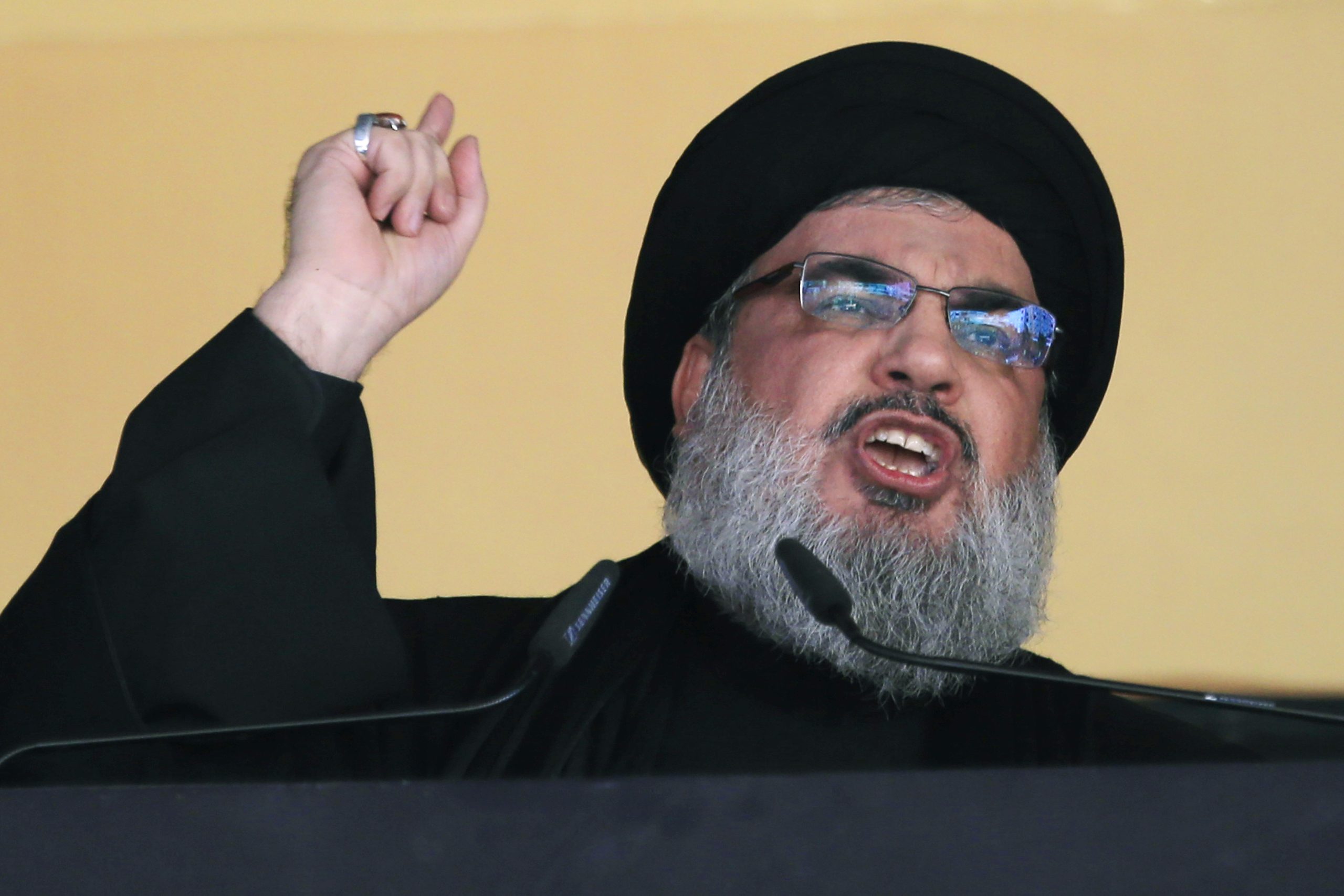
Hezbollah leader Hassan Nasrallah has led the Lebanese militant group for the past three decades, transforming it into one of the most powerful paramilitary groups in the Middle East.
Israel said on Saturday that it killed Nasrallah, dealing its most significant blow to the Lebanese militant group after months of fighting. There was no immediate confirmation from Hezbollah.
If the claim is true, Nasrallah is by far the most powerful target to be killed by Israel in weeks of intensified fighting with Hezbollah.
Here’s a look at the leader:
READ MORE: Hezbollah leader Hassan Nasrallah was killed in Beirut strike: reports
Who is Hassan Nasrallah?
Under the leadership of the 64-year-old Nasrallah, Hezbollah has fought wars against Israel and taken part in the conflict in neighboring Syria, helping tip the balance of power in favor of President Bashar Assad.
An astute strategist, Nasrallah reshaped Hezbollah into an archenemy of Israel, cementing alliances with Shiite religious leaders in Iran and Palestinian militant groups such as Hamas.
Idolised by his Lebanese Shiite followers and respected by millions of others across the Arab and Islamic world, Nasrallah holds the title of sayyid, an honorific meant to signify the Shiite cleric’s lineage dating back to the Prophet Muhammad, the founder of Islam.
READ MORE: Cheers as iconic Australian singer joins Katy Perry on stage
A fiery orator viewed as an extremist in the United States and much of the West, he is also considered a pragmatist compared to the militants who dominated Hezbollah after its founding in 1982, during Lebanon’s civil war.
Despite the power he wields, Nasrallah has lived largely in hiding for fear of an Israeli assassination.
How he rose to power
Born in 1960 into a poor Shiite family in Beirut’s impoverished northern suburb of Sharshabouk, Nasrallah was later displaced to south Lebanon.
He studied theology and joined the Amal movement, a Shiite political and paramilitary organisation, before becoming one of Hezbollah’s founders.
Hezbollah was formed by Iranian Revolutionary Guard members who came to Lebanon in the summer of 1982 to fight invading Israeli forces. It was the first group that Iran backed and used as a way to export its brand of political Islam.
READ MORE: Tassie devils and eagles face extinction risk from bird flu, chief vet warns
Nasrallah built a power base as Hezbollah became part of a cluster of Iranian-backed factions and governments known as the Axis of Resistance.
Two days after its leader, 39-year-old Sayyed Abbas Musawi, was killed in an Israeli helicopter gunship raid in south Lebanon, Hezbollah chose Nasrallah as its secretary-general in February 1992.
Five years later, the United States designated Hezbollah a terrorist organisation.
Under Nasrallah, Hezbollah was credited with leading the war of attrition that led to the withdrawal of Israeli troops from south Lebanon in 2000, after an 18-year occupation. Nasrallah’s eldest son, Hadi, was killed in 1997, fighting against Israeli forces.
After Israel’s withdrawal from southern Lebanon in 2000, Nasrallah rose to iconic status both within Lebanon and throughout the Arab world. His messages were beamed on Hezbollah’s own radio and satellite TV station.
That status was further cemented when, in 2006, Hezbollah fought Israel to a stalemate during the 34-day war.
When Syria’s civil war erupted in 2011, Hezbollah fighters rushed in, siding with Assad’s forces — even though Hezbollah’s popularity took a dive as the Arab world ostracised Assad.
Nasrallah’s role in the current conflict
A day after the Israel-Hamas war started on October 7, Hezbollah began attacking Israeli military posts along the border calling it a “backup front” for Gaza.
In speeches throughout the conflict, he has argued that Hezbollah’s cross-border strikes had pulled away Israeli forces that would otherwise be focused on Hamas in Gaza and insisted that Hezbollah would not halt its attacks on Israel until a cease-fire is reached in Gaza.
Nasrallah has maintained a defiant tone, even as tensions rose dramatically in recent weeks with Israel announcing a new phase in the conflict intended to push Hezbollah back from the border to allow thousands displaced from northern Israel to return.
Israel launched strikes killing top military commanders with the group and was blamed for the explosion of thousands of communications devices, mainly used by Hezbollah members, that killed 37 people and wounded thousands.
links to content on ABC
9News





